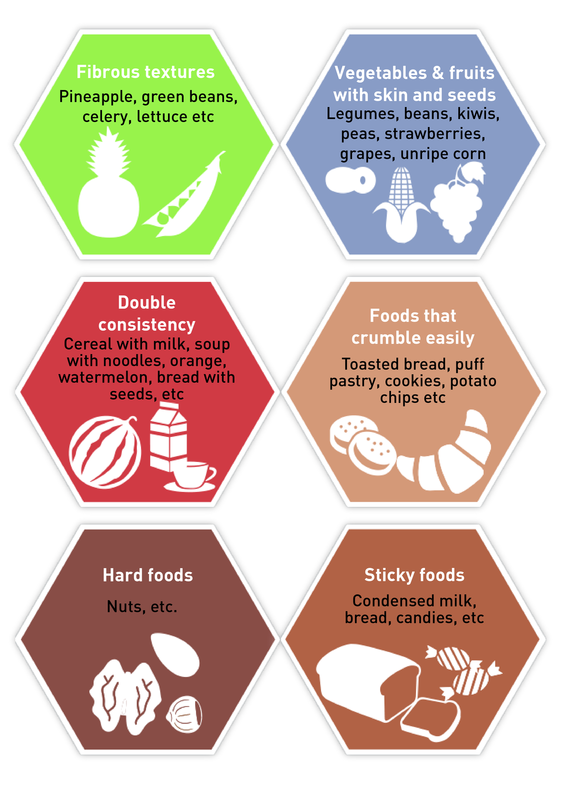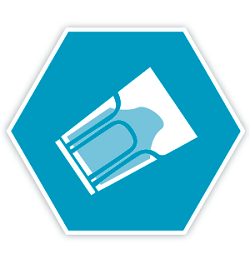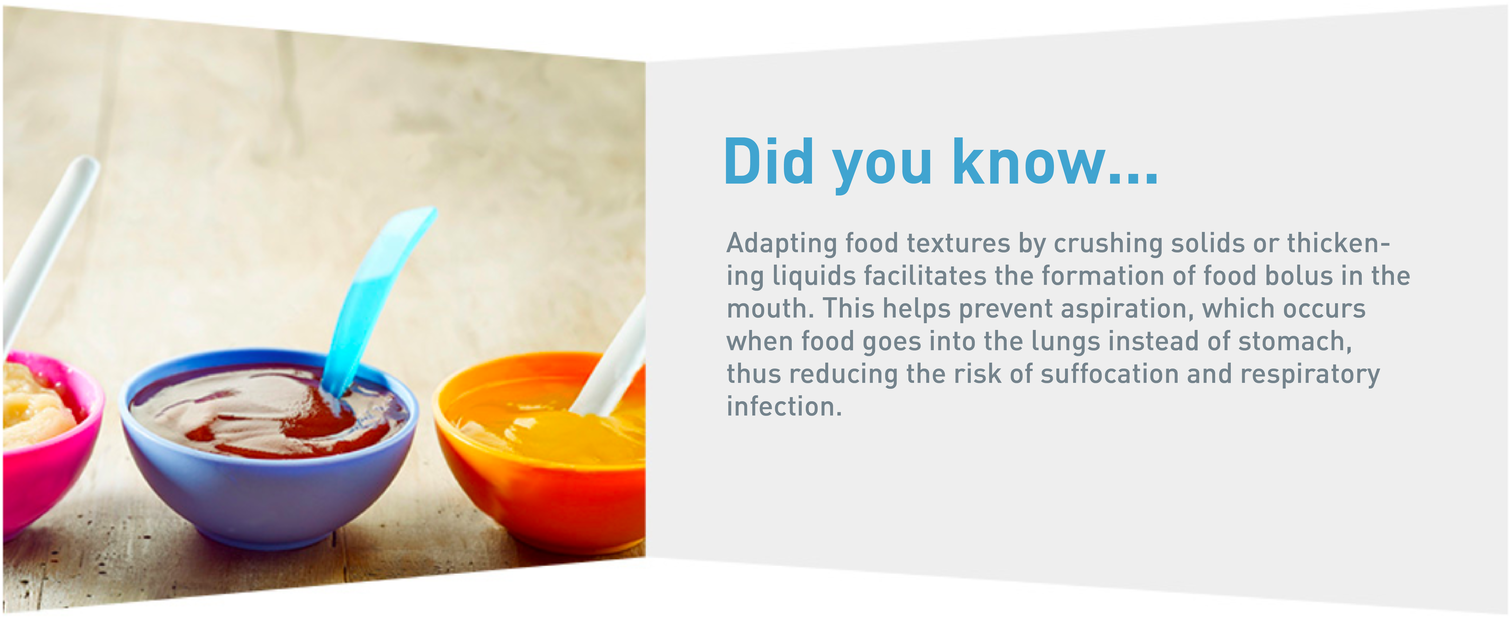- Foods should be crushed into uniform or homogeneous textures, while avoiding thick textures that contain lumps, bones, thorns, filaments or seeds of fruits and vegetables.
- Consistency of foods should be thick, but with a smooth and uniform texture. Avoid double textures, such as noodle soups, kiwi smoothies or strawberries, etc.
- Consistency is wet and slippery to avoid causing food residues in the throat.
- Cohesive consistency: does not divide or fragment easily
- Does not stick to the palate, like mashed potatoes.
- Any liquid or sauce added is as thick as the puree itself.

What steps should be taken when preparing SOLID foods for patients with dysphagia?
What steps should be taken when preparing LIQUIDS for patients with dysphagia?
- Any liquids, such as milk, coffee, soft drinks, wine, water, etc., must be adapted or modified before consuming.
- Avoid liquids with pulp, such as un-strained fruit juices, because fruit pieces may be retained in the throat.
- Liquids can be thickened by using commercial products. In this case, the manufacturer's instructions must be carefully followed in order to prepare the recommended consistencies (IDDSI Level 1 to 4). Consult a healthcare professional about the most appropriate level for you.

If your swallowing does not improve even after trying these steps, consult a healthcare professional for assessment and proper treatment.

